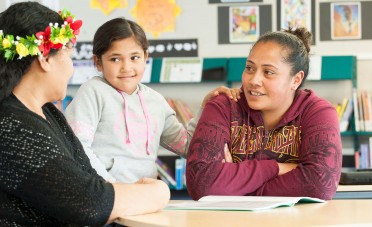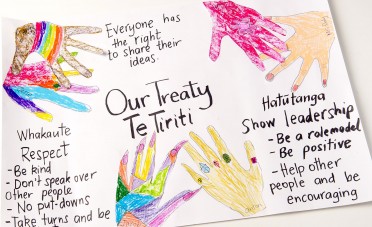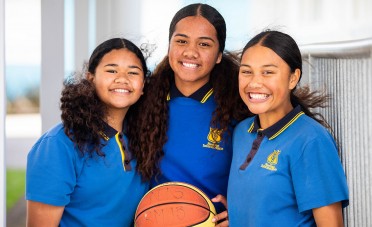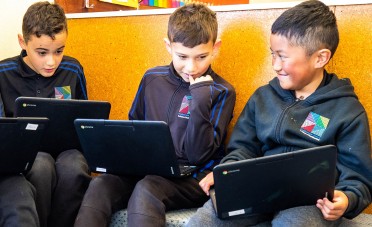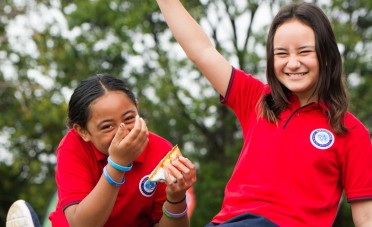Identity and self-worth: Me – right now!
Me – right now! offers ākonga opportunities to identify what makes them unique and develop self-awareness by creating a personal profile. Knowing and expressing who they are and how they are connected to the people in their lives encourages ākonga to acknowledge differences and similarities between themselves and others, and deepens their understanding of manaakitanga as a way to demonstrate mana, and to respect each other's mana.
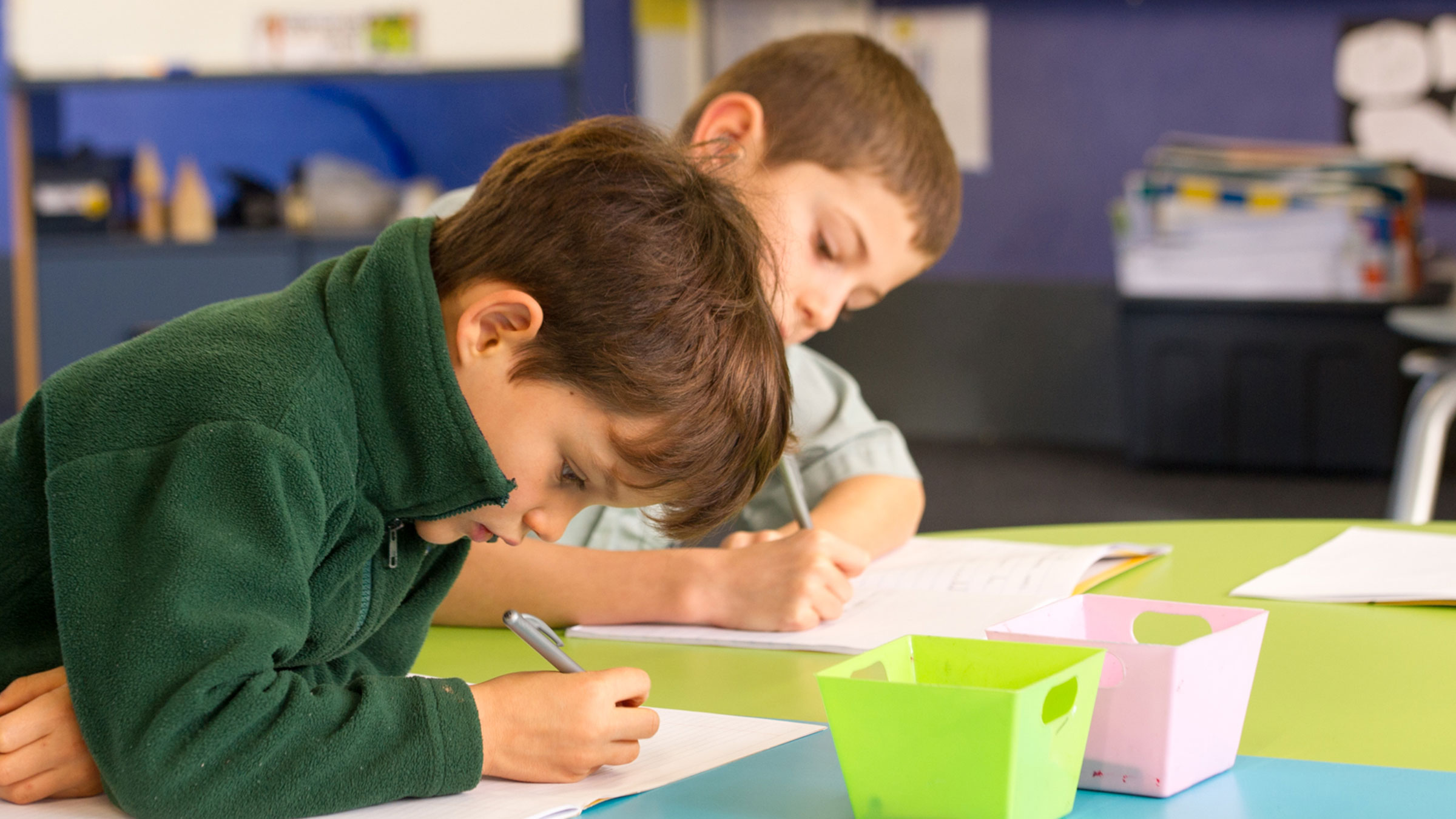
Understanding ourselves and getting on together — Activities collection
This resource is part of the Understanding ourselves and getting on together collection.
Possible learning activities
Lead a class inquiry into the ways that we can identify 'Who am I?', and invite ākonga to think about how knowing who they are can help them to feel good about themselves, and in turn does feeling good about themselves affect the way they treat their classmates? Ask ākonga to answer the question, 'Who am I?', by writing their name, drawing a picture, or using a photo of themselves to create a mind map, graphic illustration, video, collage, or mobile that identifies a selection of important things about themselves. These could include:
- their favourite things, such as a book, music, a food, a colour, or an animal
- elements of their pepehā, such as whakapapa, marae, landmarks, and hapū
people who are special to them, such as whānau and extended whānau, friends, TV characters, sportspeople, or local personalities - hobbies and games they enjoy
- special events such as Christmas, sports matches, or kapa haka festivals
- whānau and community occasions such as weddings or tangihanga, Matariki, Diwali, Chinese New Year, and Polyfest
- values
- things that they are good at and things they would like to be better at.
Ākonga can share their profiles with the whole class, or with two or three class members that they don’t know so well.
Other possible learning experiences for developing identity and self-worth include:
- A class inquiry into identifying how ākonga may have changed and grown since they were three or four years-old. Invite them to think about personal growth and achievements that they feel proud of, for example, things that they have learned to do, as well as physical growth. Ākonga use photos of themselves that pre-date starting school to create a timeline, poster, story, song, or role-play to identify how they are the same and how they have changed since pre-school. If ākonga don’t have a photo, they could draw a picture of themselves before they turned five.
- Working in groups of three or four, each ākonga identifies two or three strengths of each other member of the group. They then combine these strengths to create one 'special classmate' for the group. Each group shares their creation with the whole class. Ask ākonga if they find identifying and naming their strengths easy or difficult, why that might be so, and if they think giving and receiving compliments is important for feeling good about themselves.
- Responding to a challenge to link the whole class by things they have in common. Ākonga seek out another class member who shares a common feature, for example, brown eyes, a pet cat, or that they both like pizza. They form a pair and then seek out another pair to find something that one member of each pair has in common. This will link these two pairs. Then the other member of each pair does the same. Repeat the activity for features that are different. Lead a class inquiry into why it is important to acknowledge commonalities and differences, and how we can show respect for each other despite differences.
Cultural and diversity considerations
All ākonga are part of wider whānau, hapū, iwi, and other community groups. Culturally capable kaiako and tumuaki know, value and integrate the cultural capital of their ākonga into the work of creating positive classroom communities. Classroom programmes dealing with mental health should be sensitively developed so that they respect and reflect the diverse values and beliefs of ākonga and the whole school community.
Kaiako of Māori and Pacific ākonga can adapt this exercise to reflect how members of their classroom communities understand and form identity. For example, you can use the following guide from Inclusive Education for creating and sharing mihi within the classroom, and using mihi as the focal point for discussing identity instead of creating personal profiles.
Links to the HPE underlying concepts
Attitudes and values
Developing a positive and responsible attitude towards their own wellbeing and respecting the rights of others.
Hauora
Taha wairua; focusing on identity and self-worth
Kaiako notes
It may be helpful to complete one of these activities as a class before ākonga complete it for themselves. Kaiako could make a map of their own identity as a demonstration.
Focus inquiry questions around the learning outcomes before and after the activities to support ākonga to reflect, and think critically about the activities.

